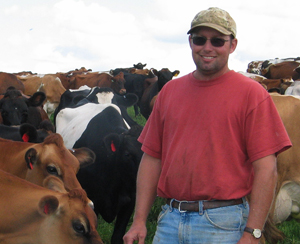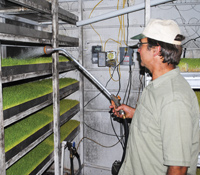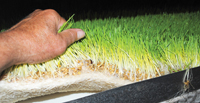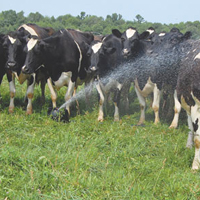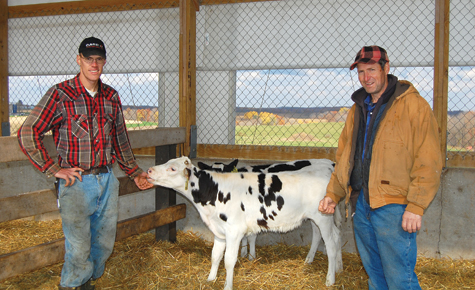Riskier weather requires spreading risk
by Dan Vosberg
South Wayne, WI—Scientists are showing some pretty strong evidence that the climate is changing here in Wisconsin. According to their data, we will experience hotter summers, longer growing seasons, warmer winters and more dry spells and droughts. Storms will be more violent, with more downpours and fewer gentle rains. It’s hard to argue against their predictions when the weather we’ve been receiving lately seems to support them.
2012 is over, thank goodness, but it will probably be remembered as the year that forced us to look at doing some things differently. Continue reading “As weather changes, so must we”

